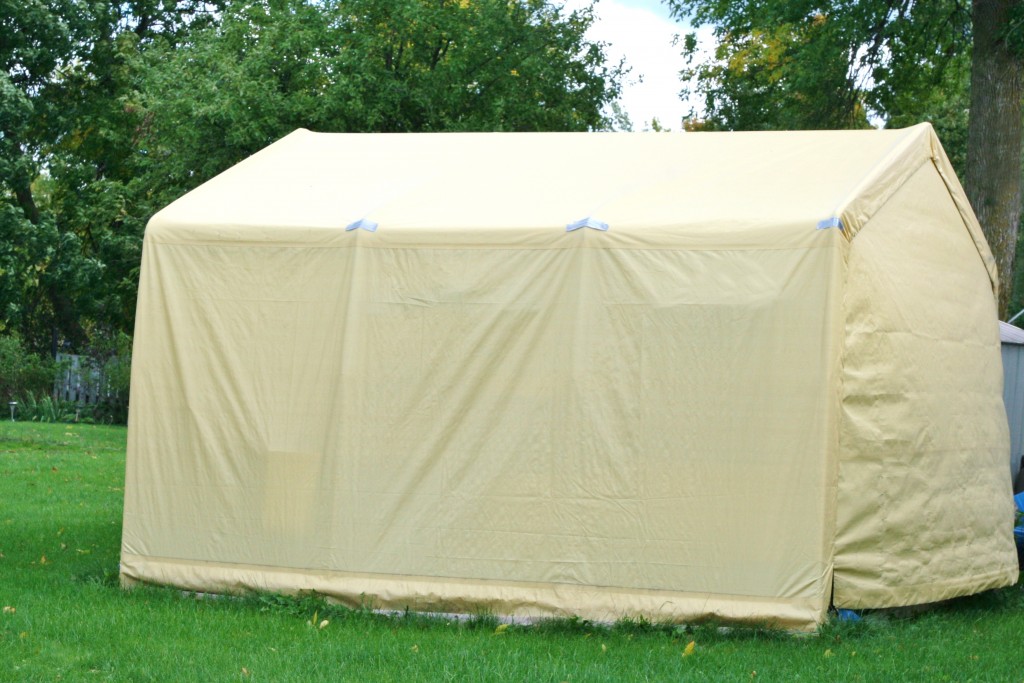If you are in the food manufacturing industry, you understand that everything you take to the market must meet high safety standards. If your food processing facility is not as clean as it should be, your final product will harm the user. This can mean expensive lawsuits and loss of business. Since maintaining a sanitary food processing plant is not impossible, you should research the measures to take to realise it. This article highlights a few of those measures:
Cleaning Thoroughly
The first step toward a clean and sanitary facility is cleaning all pieces of equipment appropriately. You should research how best to clean a particular type of equipment. If you can clean one in place, be careful to clean out food particles from cracks and crevices to address bacteria growth. Where using sanitising chemicals is necessary, you should rinse them thoroughly to avoid contamination. In case you can clean your food grade oil transfer pump and other equipment out of place, be keen to disassemble, clean, and sanitise them appropriately. You should also be careful not to contaminate them when reassembling them.
Establishing a Clean Culture
It is important that everyone who works in your factory or walks through its doors maintains cleanliness. Getting everyone involved makes your job easier. Most importantly, it ensures that problems are caught before they escalate. If your employees report issues such as spills in time, for instance, you will be able to stop possible contamination. It pays to make it known that everyone has a role to play regarding maintaining cleanliness.
Eradicating the Clutter

When clutter encroaches on a workspace, it does not only make the work environment unclean but also unsafe. This is because it promotes the accumulation of dust, which is likely to end up into equipment and food. While you will need your raw products nearby, it is advisable to reserve specific areas for their storage. If you plan to keep anything in overhead storage, ensure that dirt will not fall into the food below.
Keeping Containers Covered
In case your plant utilises open tanks, you should always cover them. If your containers have covers, no operation should begin without the covers in place. While you can always clean your tanks, it can be difficult. You will most likely have to shut down your facility to clean the containers well. This can mean lost business. You will also need to dispose of all contaminated food.
Reinforcing High Personal Hygiene Standards
In case your production processes require the input of human employees, they must maintain high personal hygiene standards. Washing hands, for instance, minimises the probability of contamination, especially where flu germs are concerned. You should provide your workers with personal protective equipment such as gloves, shoe booties, hairnets, beard nets, and other protective gear. Most importantly, make sure that they wear them throughout.
While cleaning a dirty production line is possible, it can mean heavy, unplanned expenses. If the product is already contaminated, you will have to discard it. In case some of the contaminated food found its way onto the market, you will have to clean your name, which can be very difficult.




